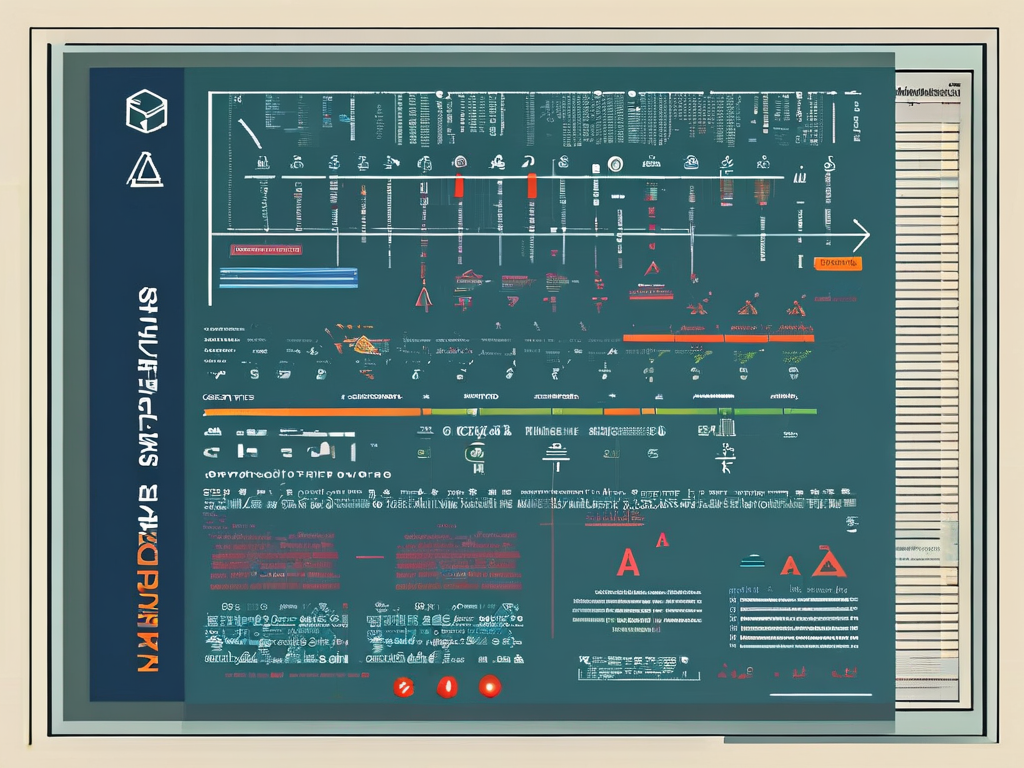In the realm of compiler construction, predictive parsing stands as a cornerstone technique for syntax analysis. This method enables compilers to efficiently determine whether a given input string adheres to the grammatical rules of a programming language. Unlike other parsing approaches, predictive analysis models rely on lookahead symbols and deterministic decision-making, making them both powerful and computationally tractable.
Core Principles of Predictive Parsing
At its core, a predictive parsing model operates by constructing a parse tree from the top down, starting with the root node (typically the start symbol of the grammar) and expanding non-terminal symbols based on predefined production rules. What distinguishes predictive parsing from other top-down methods is its ability to select the appropriate production rule using a limited number of lookahead tokens—often just one (LL(1) grammars). This is achieved through parsing tables derived from FIRST and FOLLOW sets, which map non-terminals and terminals to specific rules.
Consider a simplified grammar for arithmetic expressions:
E → T E'
E' → + T E' | ε
T → F T'
T' → * F T' | ε
F → ( E ) | id A predictive parser for this grammar would use a table to decide whether to expand E' into + T E' or ε based on the next token. This deterministic approach eliminates backtracking, ensuring linear time complexity for many practical grammars.
Types of Predictive Analysis Models
Two primary implementations dominate predictive parsing: recursive-descent parsers and table-driven LL parsers.
-
Recursive-Descent Parsers
These hand-coded parsers directly embed grammar rules into procedural code. Each non-terminal corresponds to a function that recursively invokes other functions based on the input. For example:void parseE() { parseT(); parseEPrime(); } void parseEPrime() { if (lookahead == '+') { match('+'); parseT(); parseEPrime(); } }While flexible, recursive-descent parsers require grammars to be LL(1)-compliant and may struggle with left recursion.
-
Table-Driven LL Parsers
These automated systems use a parsing table (often generated by tools like ANTLR or JavaCC) to drive the parsing process. A stack manages the sequence of symbols to process, with the table dictating which production to apply. This approach excels at handling complex grammars but demands precise table construction.
Challenges and Solutions
Predictive parsing models face inherent limitations, particularly with grammars that exhibit ambiguity or left recursion. For instance, the classic expression grammar E → E + E | id cannot be directly parsed using LL(1) methods due to immediate left recursion. Compiler designers address this by grammar transformation—rewriting rules into equivalent right-recursive or non-left-recursive forms.
Another challenge arises with FIRST-FOLLOW set conflicts. When two productions for a non-terminal share overlapping FIRST sets, the parser cannot deterministically choose a rule. Resolving this often involves refactoring the grammar or increasing the lookahead (e.g., using LL(2)), though the latter complicates table construction.
Practical Applications
Modern programming languages leverage predictive parsing in their compiler frontends. For example, Python’s parser uses an LL(1) architecture to process indentation-sensitive code, while tools like GCC and Clang employ recursive-descent variants for C/C++ parsing. The efficiency of these models makes them ideal for real-time applications such as syntax highlighting and code linting.
Code Example: LL(1) Parsing Table Construction
Below is a pseudocode snippet demonstrating FIRST set calculation—a critical step in building parsing tables:
def compute_first(grammar):
first = defaultdict(set)
for non_terminal in grammar.non_terminals:
for production in grammar[non_terminal]:
first_symbol = production[0]
if first_symbol.is_terminal:
first[non_terminal].add(first_symbol)
else:
first[non_terminal].update(compute_first(first_symbol))
return first
This recursive approach propagates FIRST sets through non-terminals, enabling the parser to make informed decisions.

Future Directions
As language specifications grow more complex, researchers are exploring hybrid models that combine predictive parsing with error recovery techniques or probabilistic lookahead. Meanwhile, the rise of domain-specific languages (DSLs) continues to drive demand for efficient, maintainable parsing strategies.
In , predictive parsing models remain indispensable in compiler design, balancing efficiency with clarity. By mastering these techniques, developers gain deeper insights into language processing and tools for building robust, high-performance compilers.









